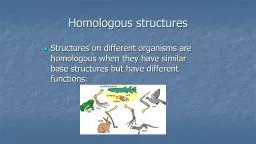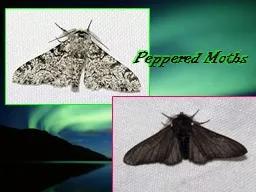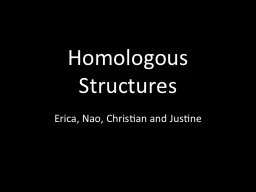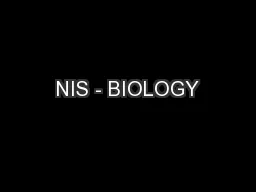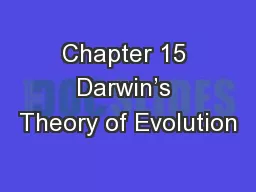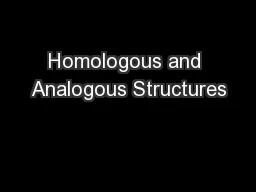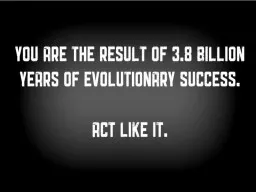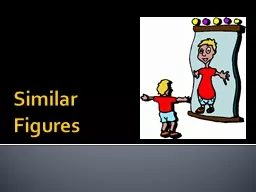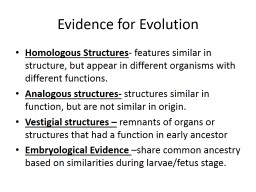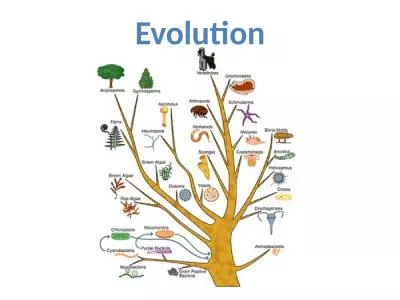PPT-Homologous structures Structures on different organisms are homologous when they have
Author : kimberly | Published Date : 2022-06-28
Homologous structures Human Arm Bat Wing Whale Flipper Analogous Structures Similar functions but NOT structurally related Insects are arthropods and birds
Presentation Embed Code
Download Presentation
Download Presentation The PPT/PDF document "Homologous structures Structures on diff..." is the property of its rightful owner. Permission is granted to download and print the materials on this website for personal, non-commercial use only, and to display it on your personal computer provided you do not modify the materials and that you retain all copyright notices contained in the materials. By downloading content from our website, you accept the terms of this agreement.
Homologous structures Structures on different organisms are homologous when they have: Transcript
Download Rules Of Document
"Homologous structures Structures on different organisms are homologous when they have"The content belongs to its owner. You may download and print it for personal use, without modification, and keep all copyright notices. By downloading, you agree to these terms.
Related Documents

